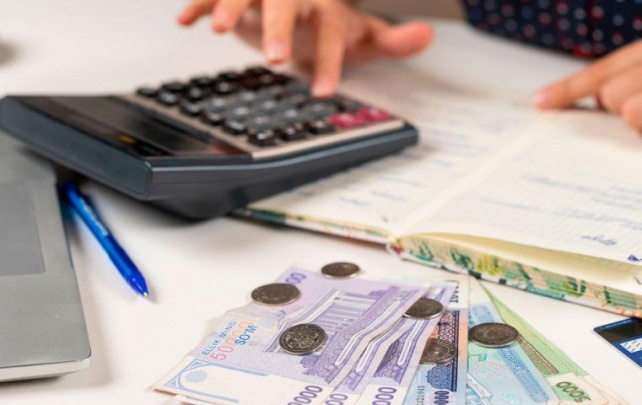Global public debt reaches $102 trillion: Uzbekistan tops growth rates in Central Asia
Global public debt reached a record $102 trillion in 2024, with nearly one-third — $31 trillion — owed by developing countries.

Photo: Getty images
These developing economies spent $921 billion solely on interest payments, putting national budgets under pressure and endangering the delivery of essential public services. Since 2010, public debt in developing countries has grown twice as fast as in developed nations. Today, around 3.4 billion people live in countries that spend more on interest payments than on health or education.
Rising debt deepening global inequality
The burden of public debt among developing nations varies across regions:
- 24% of global debt comes from Asia and Oceania,
- 5% from Latin America,
- and only 2% from Africa.
Yet poorer nations often borrow at interest rates 2 to 4 times higher than those faced by the United States.
In 2023 alone, developing countries paid $487 billion to external creditors — $25 billion more than they borrowed. This indicates a continued net outflow of funds over the past several years.
Europe and Central Asia
In this region, public debt has increased 2.5 times from 2010 to 2022, while the total economy has grown only 1.4 times. Debt growth has been especially rapid in:
- The Caucasus,
- Energy-exporting countries, and
- The Western Balkans.
Uzbekistan has seen the fastest growth in public debt, although it started from a very low base. In Tajikistan, debt reached 50% of GDP in 2020 before beginning to decline. However, Tajikistan remains among countries at high risk of debt distress, according to a UN report.
In the context of war, Ukraine’s public debt surged again — hitting 82% of GDP in 2022, nearly double its level in 2010.
The Russian context
Russia remains the region’s largest economy and accounts for more than half of the total public debt in Europe and Central Asia. Unlike many of its neighbors, Russia’s debt growth has largely come from domestic borrowing, not foreign debt. In other words, the government has financed spending primarily through the internal market, rather than relying on foreign creditors.
As a result, Russia is less exposed to currency risk and to volatility in access to international financial resources. Nevertheless, its public debt has continued to grow, driven by increased budget spending following the COVID-19 pandemic, international sanctions, and military expenditures.
External risks and the high cost of borrowing
In many countries, external debt accounts for the majority of public borrowing — on average, around 70%. This makes them highly vulnerable to exchange rate fluctuations and global economic shocks.
Except for Kazakhstan, all countries in the region have credit ratings below investment grade, forcing them to borrow at higher interest rates. This is particularly critical for Tajikistan, which faces looming Eurobond payments in 2027. Without concessional aid or debt relief, the country may struggle to avoid a debt crisis.
Related News

18:18 / 27.06.2025
Eurasian Development Bank projects 6.5% growth for Uzbekistan’s economy in 2025

16:40 / 27.06.2025
Fitch upgrades Uzbekistan’s sovereign credit rating from 'BB-' to 'BB'

13:27 / 27.06.2025
Economist Otabek Bakirov criticizes IMF's call for higher taxes on the working class

15:12 / 26.06.2025



